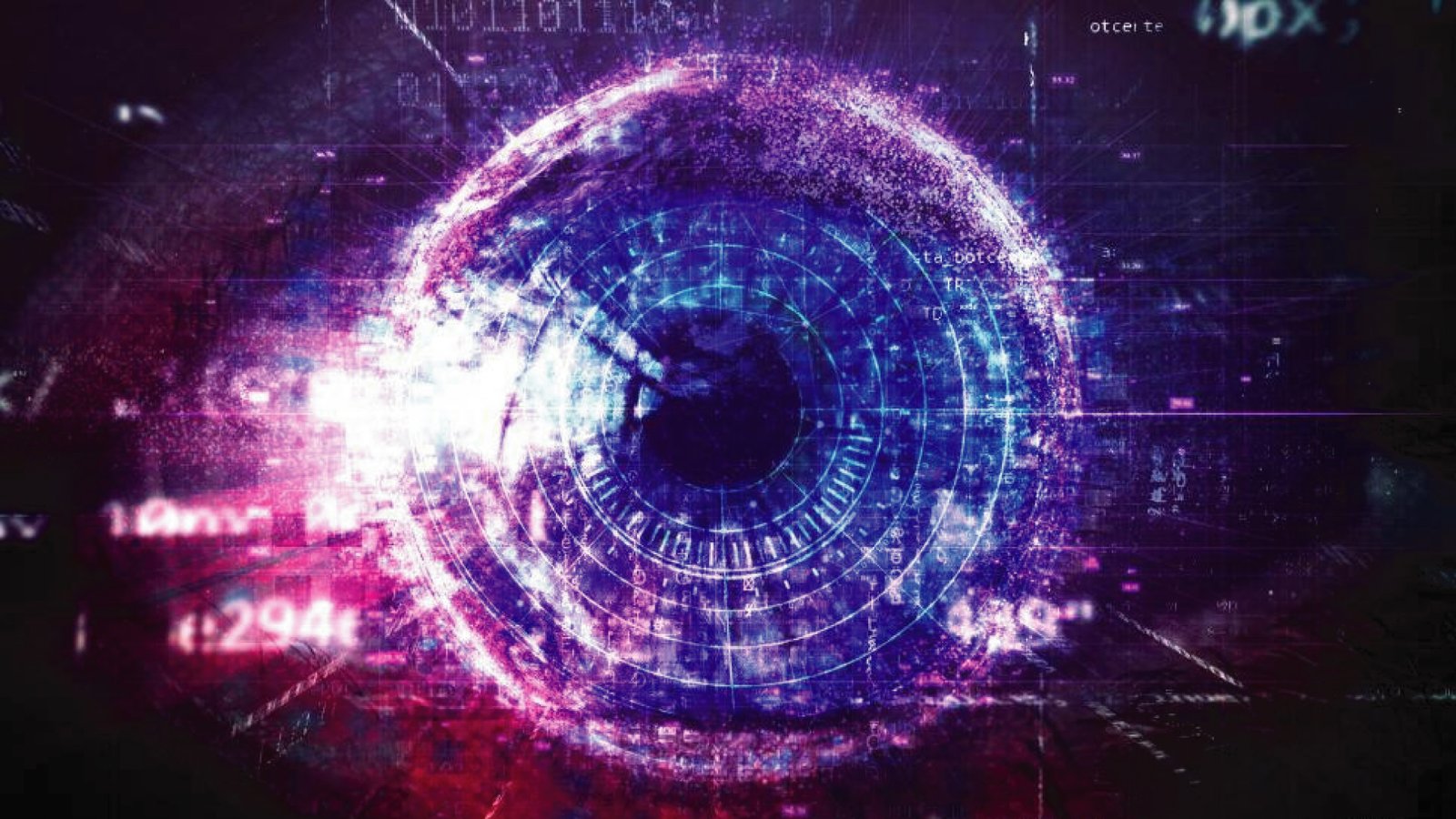Explore the power of deep learning in computer vision. Learn about the top 5 applications with real-world examples and their impact on various industries.
Computer vision, the ability of machines to interpret and understand visual data from the world around them, has made significant strides in recent years, largely thanks to the advancements in deep learning techniques. With deep learning, machines can analyze and process images and videos like never before, opening up numerous possibilities for real-world applications.
For example, deep learning-based object detection algorithms have been used in autonomous vehicles to identify pedestrians and other vehicles on the road, while facial recognition algorithms have been implemented in security systems to enhance biometric authentication.
Moreover, deep learning-based image classification has been used in healthcare to diagnose diseases and to identify abnormalities in medical images. With these examples and many more, it is clear that deep learning is transforming the field of computer vision and has made it possible for machines to perform increasingly complex tasks, matching or even surpassing human performance in some cases.
Before we jump on to the application, let’s run through these quick pointers that highlight the
need for deep learning-based computer vision applications.
- Traditional computer vision techniques struggled with the complexity and variability of real-world visual data.
- Deep learning techniques can automatically learn complex features and patterns from visual data, enabling machines to perform complex tasks like humans.
- The explosive growth of visual data in recent years, fueled by the increasing popularity of social media and the proliferation of cameras and sensors, has created a need for efficient and accurate techniques to process and analyze visual data.
- Deep learning-based computer vision applications have emerged as a solution to these challenges, enabling machines to process, analyze, and understand visual data like never before.
- Applications like object detection, image classification, facial recognition, semantic segmentation, and generative models have numerous real-world applications, including in healthcare, security, and entertainment.
- With continued advancements in deep learning techniques, we can expect even more exciting developments in the field of computer vision in the years to come.
Now let’s delve into some of the most exciting deep-learning applications for computer vision and explore how they have revolutionized the interactions of machines with the world.
Object Detection
Object detection is a deep learning-based computer vision technique used to detect and localize objects in images and videos. It has numerous real-world applications, such as in self-driving cars, where it is used to detect pedestrians, cyclists, and other vehicles. YOLO, SSD, and Faster R-CNN are some of the most popular object detection algorithms that have achieved state-of-the-art performance on several benchmarks.
Image Classification
Image classification is the task of assigning a label or category to an image. It is widely used in various applications, such as in healthcare, where it is used to identify abnormalities in medical images. Deep learning-based image classification algorithms like VGG, Inception, and ResNet have achieved remarkable accuracy on several datasets, including the ImageNet dataset.
Facial Recognition
Facial recognition is a deep learning-based computer vision technique used to identify a person from an image or video. It has numerous applications in security and surveillance, where it is used to enhance biometric authentication. DeepFace and FaceNet are some of the most popular facial recognition algorithms that have achieved high accuracy on several benchmarks.
Semantic Segmentation
Semantic segmentation is a deep learning-based computer vision technique used to assign a label to every pixel in an image. It has numerous applications, such as in autonomous vehicles, where it is used to identify road signs and lane markings. Fully Convolutional Networks (FCN), SegNet, and U-Net are some of the most popular semantic segmentation algorithms that have achieved state-of-the-art performance on several datasets.
Generative Models
Generative models are deep learning models that generate new images or videos based on a given input. They have numerous applications in art, design, and entertainment, where they are used to generate realistic images and videos. GANs and VAEs are some of the most popular generative models that have been used to generate images and videos with remarkable accuracy.
Wrapping Up
The advancements in deep learning techniques have revolutionized the field of computer vision, enabling machines to perform increasingly complex tasks with remarkable accuracy. Object detection, image classification, facial recognition, semantic segmentation, and generative models are just some of the popular deep learning applications for computer vision, which have found numerous real-world applications, including in healthcare, security, and entertainment. With the continued advancements in deep learning techniques, we can expect even more exciting developments in the field of computer vision in the years to come.
Visit AITechPark for cutting-edge Tech Trends around AI, ML, Cybersecurity, along with AITech News, and timely updates from industry professionals!

